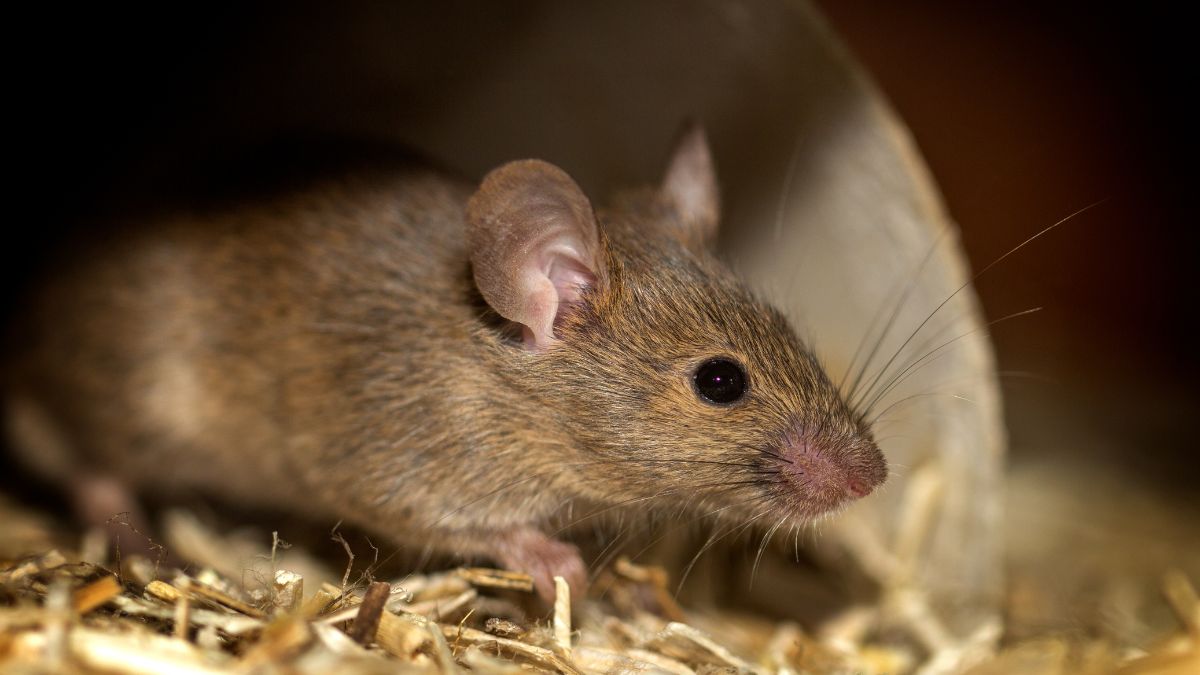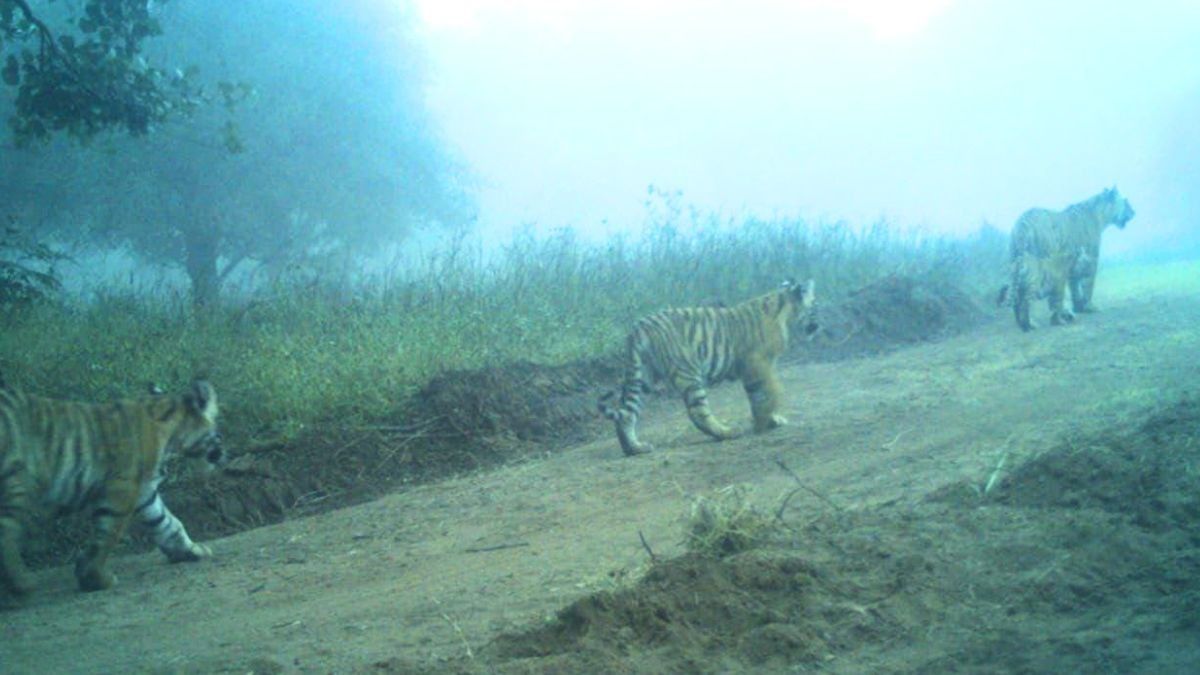Locals in Queensland, Australia, are upset because thousands of dead and live rats have washed up on the beaches. The state’s persistent rat problem has been a long-standing issue. Many rats have moved closer to the coast in search of more food as the native rodent population has increased. But why does the country witness a rat plague after a drought? Keep reading to know the answer and also about the conditions there.
Australia’s Queensland Beaches Swamped With Rats
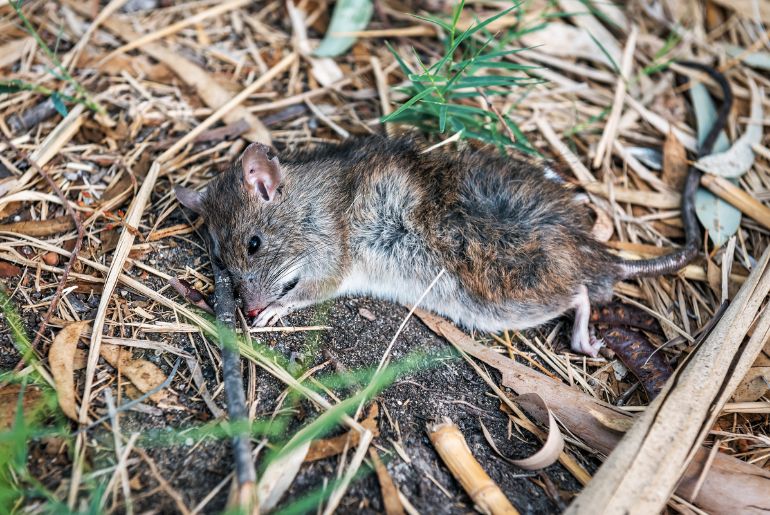
There are a lot of rats floating in the river, according to online videos. Anticipating more rainy weather in Queensland, some people worry that things might get worse.
The national science agency of Australia notes that there have been reports of a significant increase in rodent populations in some areas of the southeast Australian states of Queensland and New South Wales.
According to Australian media, rats have recently taken over the nearby town of Karumba, raising concerns among locals about possible effects on tourism in the area.
Karumba, a popular destination for fishing and birdwatching, has experienced an increase in rat infestations. Unsettling images on social media include heaps of dead rats next to bodies of water with hordes of flies hovering around.
Swarms of mice have taken up residence in the walls of barns and houses, overrunning farms and fields. Australia’s agricultural areas in the south and east are currently experiencing a months-long mouse epidemic that has devastated crops and overtaken farmers.
Also Read: Indian Govt Asks Indian Nationals To Avoid Any Non-Essential Travel To Myanmar; Issues Advisory
Climate Change
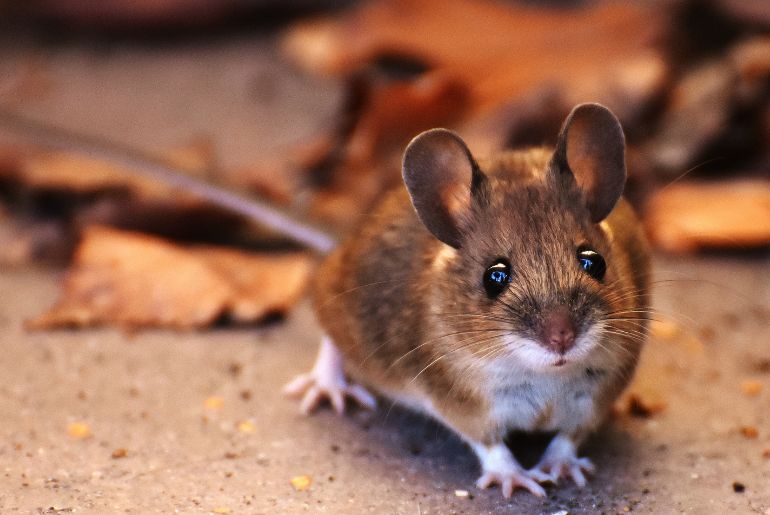
According to reports, mouse populations have reached epidemic proportions not seen since 2011.
The years of drought, destructive wildfires, and a period of intense rain that accelerated plant growth preceded the infestation, which provided the perfect environment for the ravenous rats to multiply rapidly.
According to Steven Belmain, an ecologist who researches rats’ roles as agricultural pests and disease vectors at the Natural Resources Institute at the University of Greenwich in England, the mice have an abundance of food for a very long period because of the extended rain and the bumper crop of food. Belmain discussed how the Australian infestation has been affected by climate change in an interview with Scientific American.
Also Read: India Increases Wine Imports From Spain By 50x; Heres What Special About Spanish Wines
A Tiny Rat Infestation Grows To Become A Massive One
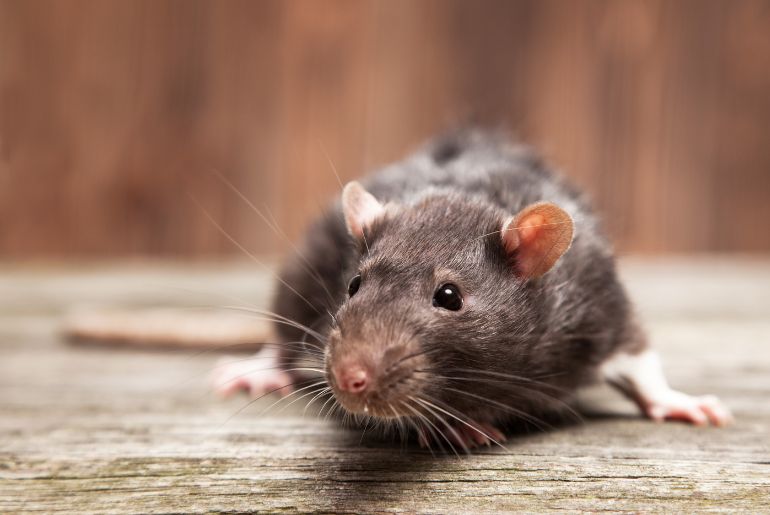
When British colonists arrived in Australia in 1788, mice were there for the first time. The population of the continent is growing these days and then dwindling every few years.
However, a lot of farmers claim that this year’s infestation is the worst they have ever seen, and it doesn’t appear to be abating anytime soon.
In a matter of weeks, a tiny mouse infestation might grow into a massive one. This is due to the fact that mice reproduce every 19–21 days, starting at 6 weeks of age and producing litters of up to 10 pups. Mice have a perpetual reproduction cycle because, unlike other animals, they may conceive again two to three days after giving birth.
Also Read: 8 Migratory Birds That Come To India Every Year And Where To Spot Them!
What are your views?
Cover Image Courtesy: Canva
For more such snackable content, interesting discoveries and latest updates on food, travel and experiences in your city, download the Curly Tales App. Download HERE.
Good news! We are on WhatsApp! Subscribe to Curly Tales WhatsApp Channel to stay up-to-date with exclusive content and BTS. Join HERE.

